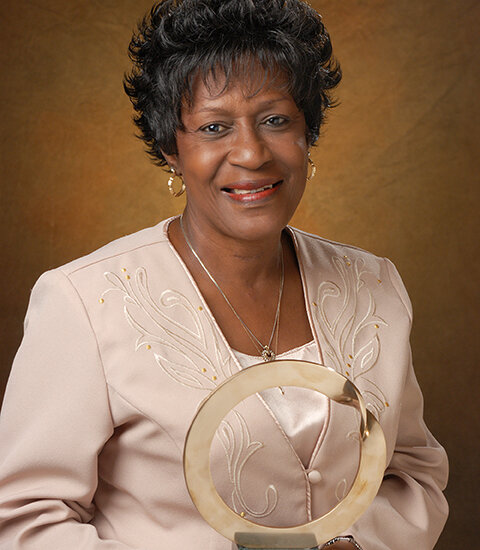Marjorie Richard has spent a majority of her life fighting environmental racism in her own backyard and throughout the world. She grew up in the Old Diamond neighborhood in Norco, Louisiana which was predominantly Black and known as Cancer Alley. Old Diamond consisted of four square blocks and was in between a Shell plant and oil refinery. Many people in this neighborhood suffered from health ailments, cancer, and birth defects. Over a third of the kids in Norco also had asthma or bronchitis. Although some people were able to move, socio-economic conditions made it impossible for others to do so. Richard witnessed this and in 1973 she decided to become an activist after a Shell pipeline exploded and killed two people. In 1988 a major industrial accident also killed 7 workers and released 159 million pounds of toxins into the air.
The Shell Oil Refinery explosion on May 5th, 1988 in Norco, Louisiana (The Raging Pelican Journal).
Richard fought to hold Shell accountable for causing so many health issues in her community. In 1989 she founded ‘Concerned Citizens of Norco’, which demanded Shell provide the community with resettlement costs. For 13 years, Richard campaigned to seek justice by holding press conferences, collaborating with researchers, and holding workshops to empower her neighbors. In the year 2000, Shell agreed to reduce its emissions by 30% and pay for the relocation of residents who lived on the two streets closest to it. Richard and the ‘Concerned Citizens’ were not satisfied and continued to fight until they secured a $5 million community development fund and funds to relocate all four Old Diamond streets. After securing this, Richard continued to work with Shell to create an initiative that improved the environmental health and safety in Norco. However, Richard did not stop there - she also became an advisor for other communities fighting for justice against corporate pollution, and traveled abroad to speak at the World Summit on Sustainable Development.
Protests against Shell Oil, organized by Concerned Citizens of Norco (Tufts Library).
Marjorie Richard’s dedication to fight for those affected by environmental racism led her to be the recipient of the 2004 Goldman Environmental Prize. Her long years of sacrifice which resulted in a landmark environmental justice victory inspire many, and her continuation to educate communities around the world empowers them to fight against environmental racism.
Marjorie Richard with the Goldman Environmental Prize in 2004 (Goldman Prize).
Sources:
(1) “Margie Richard.” Goldman Environmental Foundation, 3 Mar. 2020. www.goldmanprize.org/recipient/margie-richard/.
(2) Petersen, Melissa. “28 Black Environmentalists.” Medium, Medium, 18 June 2020. medium.com/@melpete94/black-history-month-environmentalists-69b16007da8f.











